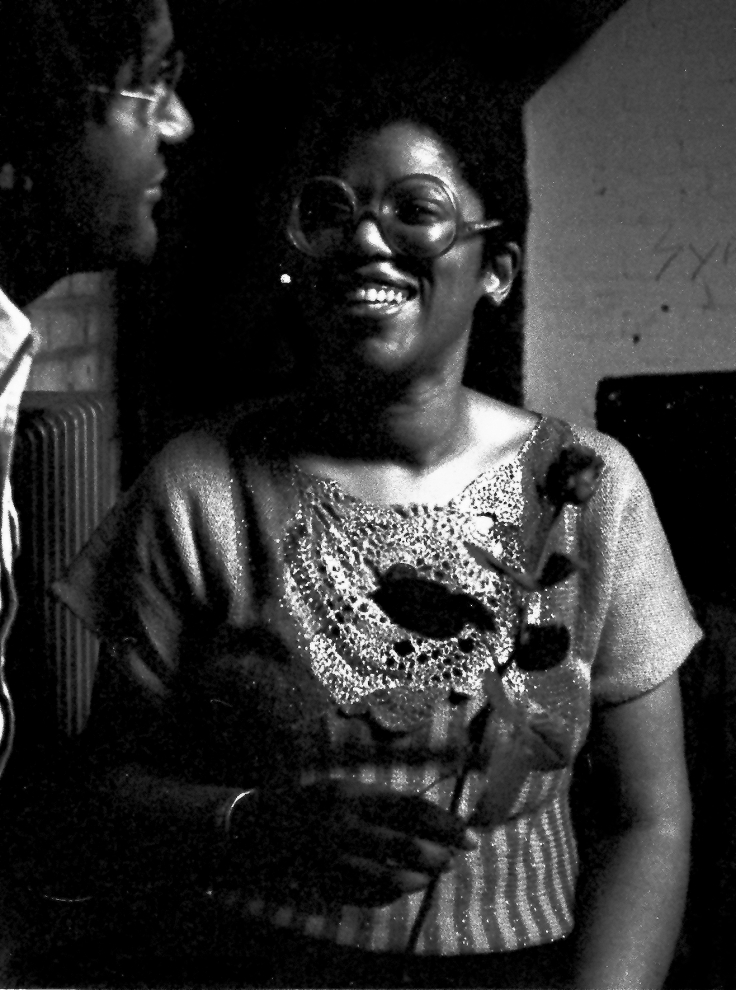|
Jeanne Lee
Jeanne Lee (January 29, 1939 – October 25, 2000) was an American jazz singer, poet and composer. Best known for a wide range of vocal styles she mastered, Lee collaborated with numerous distinguished composers and performers who included Gunter Hampel, Andrew Cyrille, Ran Blake, Carla Bley, Anthony Braxton, Marion Brown, Archie Shepp, Mal Waldron, Mark Whitecage and many others. Biography Jeanne Lee was born in New York City, New York, United States. Her father, S. Alonzo Lee, was a concert and church singer whose work influenced her at an early age. She was educated at the Walden School (a private school), and subsequently at Bard College, where she studied child psychology,Ben Ratliff, "Jeanne Lee, 61, Jazz Singer Who Embraced Avant-Ga ... [...More Info...] [...Related Items...] OR: [Wikipedia] [Google] [Baidu] |
The Newest Sound Around
''The Newest Sound Around'' is an album by singer Jeanne Lee and pianist Ran Blake. It was recorded in November and December, 1961, at RCA Victor Studio in New York City, and was released by RCA Victor in 1962. The album, which was the debut recording for both musicians, was reissued on CD in 1987 with four extra tracks, and with the title ''The Legendary Duets''. Bassist George Duvivier is featured on two tracks. Lee and Blake met while students at Bard College, and, as a duo, won the Wednesday night Apollo Theater amateur contest, leading to a record deal with RCA. A followup album by the duo titled ''The Newest Sound You Never Heard'' was recorded in 1966 and 1967 but was not released until 2019. Lee and Blake also recorded the album ''You Stepped Out of a Cloud'' in 1989. Reception In a review for AllMusic, Andrew Hamlin wrote: "'Third stream' may have been the bandied term, but this unjustly ignored 1962 duet set... plays blissfully free of the lumbering lugubriousness and B ... [...More Info...] [...Related Items...] OR: [Wikipedia] [Google] [Baidu] |
